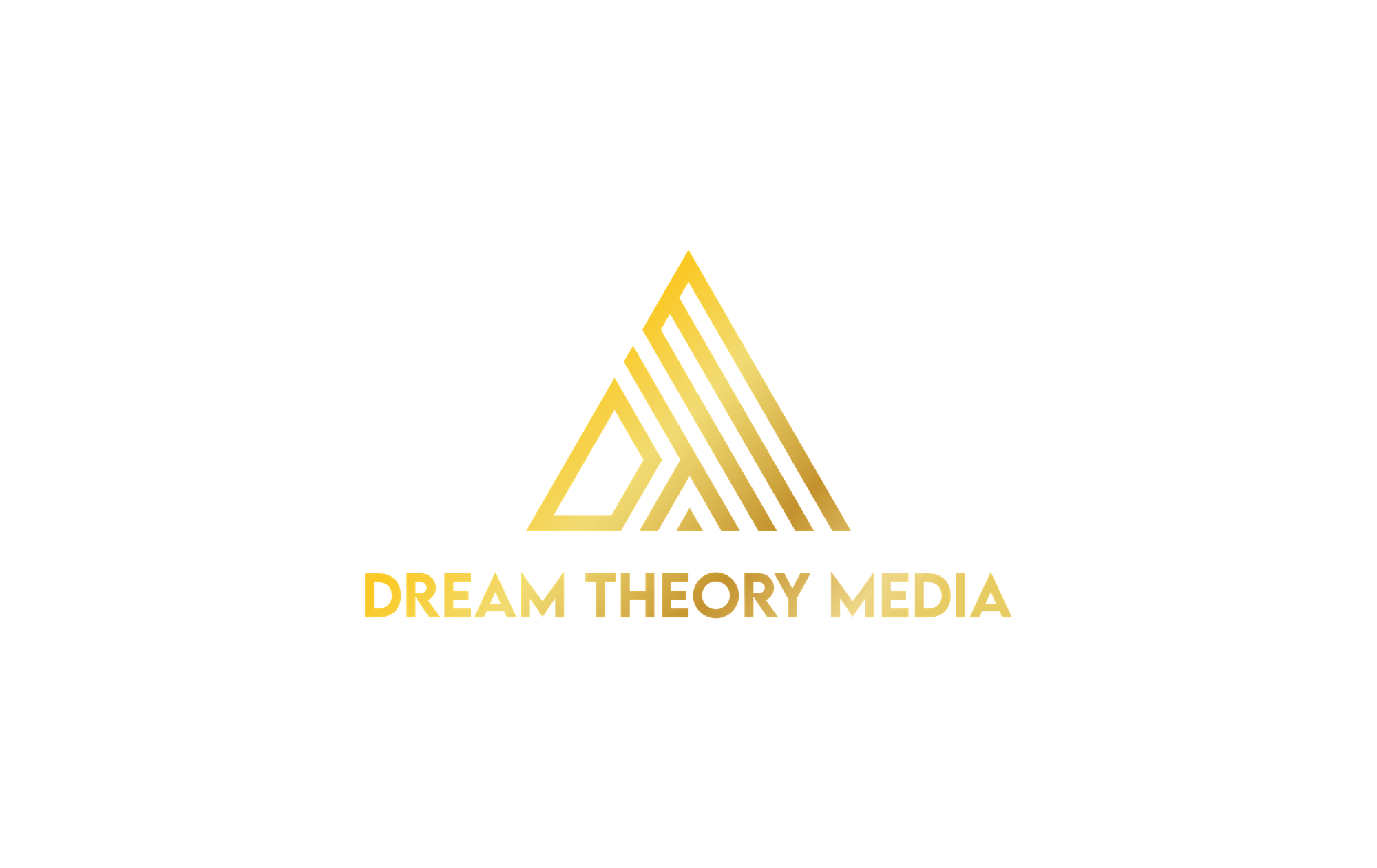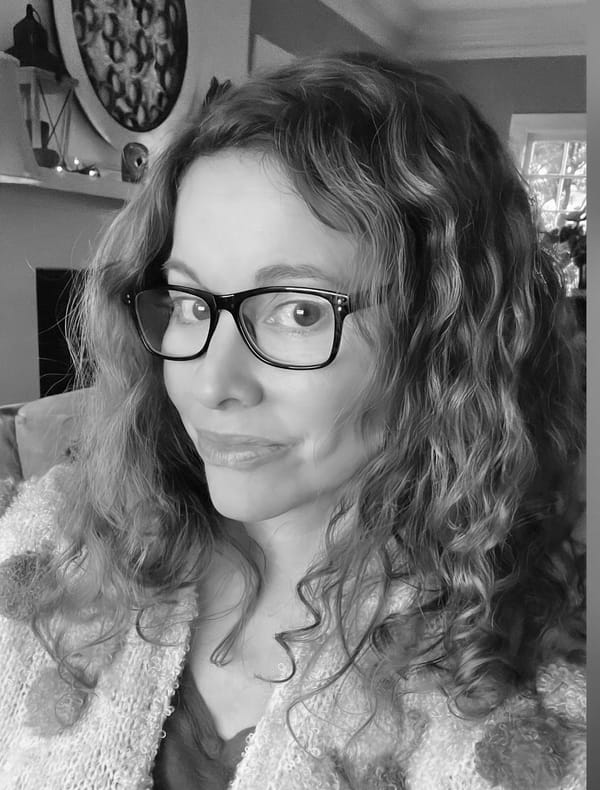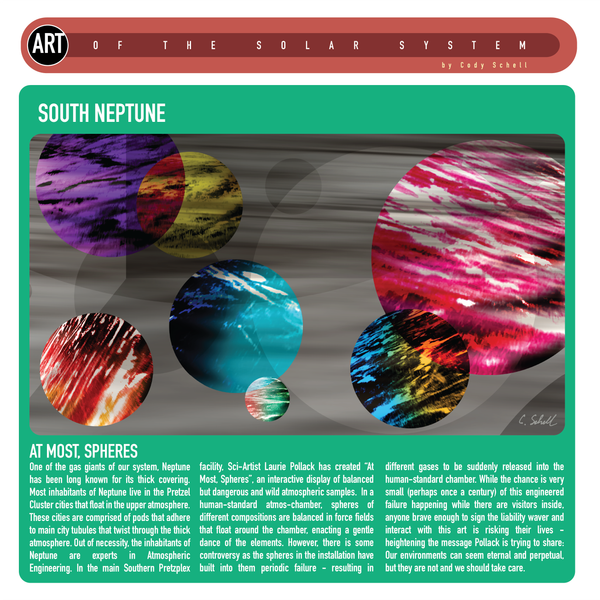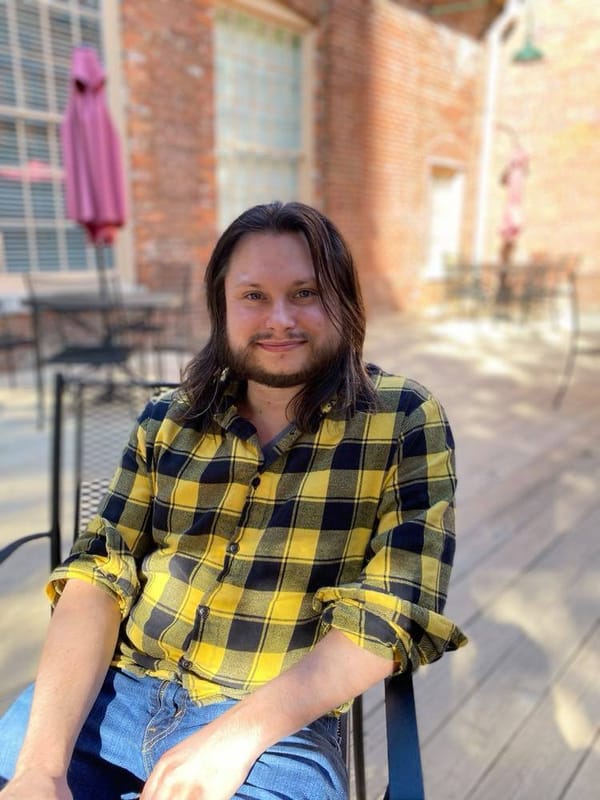A Personal History of Horror Films in 101 Quirky Objects #19: Dr Van Straaten’s broken spectacles in Dead of Night (1945)
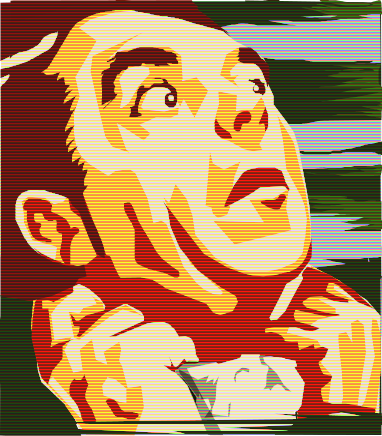
by Vince Stadon
“You see, everybody in this room is part of my dream. Everybody.” – Walter Craig
Walter wakes up.
Dr Van Straaten breaks his spectacles.
July 1969: The Beatles are working on their final album. Paul McCartney is sat at a piano in Abbey Road Studio 2 picking out the notes to “Golden Slumbers.”
Architect Walter Craig (Mervyn Johns) drives through the English countryside towards the country cottage that he can’t stop dreaming about.
May 1964: the first day of filming begins on Dr Terror’s House of Horrors, producer Milton Subotsky’s attempt to replicate the blueprint of Dead of Night, which he considers the greatest horror film ever. Subotsky would go on to produce eight more British "portmanteau” horror films: Torture Garden (1967); The House That Dripped Blood (1971); Tales from the Crypt (1972); Asylum (1972); Vault of Horror (1973); From Beyond the Grave (1974); The Uncanny (1977); The Monster Club (1981). Most of these films feature a group of characters telling each other strange and disturbing stories which are adapted from short stories from noted writers (particularly Robert Bloch—who wrote the novel and later screenplay for Psycho (1960)—and ghost story writer and editor R. Chetwynd-Hayes) or from EC Comics: cheerfully gruesome twisted morality tales in comic book form.
Walter arrives at the country cottage and meets seven people that he knew would be there because he always dreams about them. He knows an eighth person will arrive soon.
June 1860: in the dead of night and under a pale moon, sixteen-year-old Constance Kent steals through the garden of Road Hill House in Wiltshire. She carries the bloody corpse of her four-year-old stepbrother Francis, as well as the knife with which she stabbed him and slashed his throat so deeply that he was nearly decapitated. Constance searches for somewhere to hide the body. She heads for the privy-house.
To the delight of people at the country cottage, Walter tells psychiatrist Dr. Van Straaten (Frederick Valk) about his recurring dream, sparking lively conversation and the telling of spooky stories. One man, Hugh Grainger (Anthony Baird), tells of how he escaped a near-fatal crash in a racing car and soon after saw omens warning him of more impending doom.
November 2013: Compiling a list of his favourite horror films, Martin Scorsese places Dead of Night in his top five.
March 1936: Fred Hoyle and George Stanley Rushbrooke are joint recipients of the Mayhew Prize, awarded by the University of Cambridge Faculty of Mathematics.
Teenager Sally (Sally Ann Howes) tells Walter and the others in the house about a Christmas fancy dress party she attended at a house in Wiltshire called Road Hill House. During a game of hide and seek, she came across a scared little four-year-old boy named Francis, who was looking for his sister. Sally stayed with him a while and sang a lullaby called “Cradle Song” to him to send him to sleep. When the game of hide and seek is over, Sally tells everyone about little Francis… and learns that he was murdered by his sister Constance in this house. Sally screams.
July 1969: McCartney bases “Golden Slumbers” on a lullaby called “Cradle Song.”
Just as in Walter’s dream, an eighth person arrives at the cottage. Walter remembers that just before dream turns into a nightmare, Dr Van Straaten will break his glasses.
As Sally sings a lullaby to Francis, a sixteen-year-old girl can briefly be seen in the background.
Joan Cortland (Googie Withers) tells the story of a mirror she gifted her fiancée Peter (Ralph Michael). When Peter looks into the mirror, he sees reflected a strange room. At first, Peter can shake away the illusion. But soon he can only ever see the room in the mirror. His mental health deteriorates. Concerned, Joan returns to the antiques store and learns about the mirror. It came from a manor house owned by a man who killed his wife in a jealous rage and then shot himself. Peter soon becomes suspicious of Joan and, believing her to be unfaithful, attempts to strangle her. Joan smashes the mirror, and Peter is restored to himself.
February 1974: From Beyond the Grave gets a theatrical release. This, the last "portmanteau”/"anthology” horror film Milton Subotsky produces for Amicus (the only film company to be a real British rival to Hammer Films), features a segment about a haunted mirror that reflects a strange room. When the new owner of the mirror (the great David Warner) looks into the mirror, he becomes possessed by malevolent spirit of the previous owner, a man of murderous disposition.
March 2025: As I write, the boy who played the ghost of Francis Kent in the hide and seek segment has yet to be identified. Every other cast and crew member is known.
September 1945, London: Fred Hoyle attends a screening of Dead of Night with Thomas Gold and Hermann Bondi, fellow eminent astrophysicists. Afterwards, at dinner, Bondi wonders if the universe could be like the structure of the film: circular. Hoyle dismisses this, but the thought lodges itself and won’t let go…
At the cottage, another ghost story is told: a whimsical tale of two close friends George (Basil Radford) and Larry (Naughton Wayne), who are obsessed with golf and who both fall for the same girl, Mary Lee (Peggy Bryan). As Mary Lee adores them both and can’t decide between them, George and Larry make a bet that the loser of a round of golf will exit quietly, leaving the winner to marry Mary Lee. George wins by cheating, and Larry kills himself, returning immediately as a ghost to bother George.
October 1938: Alfred Hitchcock’s The Lady Vanishes is a smash hit—the most successful British film released to that date. Two of its stars are Basil Radford and Naughton Wayne as light relief characters: two firm friends who are obsessed with sport to the exclusion of pretty much all else. These two characters are such a hit that they are given spots in many other British films, such as Dead of Night.
1972: The BBC broadcasts an anthology horror television series called Dead of Night. One of the writers is Robert Holmes.
June 1953: Ray Bradbury sells his short story “And So Died Riabouchinska” to The Saint Detective Magazine. Bradbury has adapted this story from an unused radio play. The story concerns a murder committed by a ventriloquist’s dummy.
October 1957: Episode 20 of the first season of Alfred Hitchcock Presents is an adaptation of “And So Died Riabouchinska.”
Dr Van Straaten tells the story of a talented English ventriloquist, Maxwell Frere (Michael Redgrave), who works with a dummy named Hugo. But Hugo is spiteful and wants instead to work with a rival American ventriloquist. Maxwell finds Hugo in the rival’s room, and he shoots him. Maxwell is arrested and charged with attempted murder and held in a mental facility. Hugo is brought to him at his request, but Maxwell turns violent and destroys the dummy. Later, it is revealed that Maxwell has become Hugo and can speak in no other voice.
August 1976: First publication of Magic by William Goldman, a novel about a magician and ventriloquist whose identity is wholly consumed by his sinister dummy. A feature film version followed in 1978, directed by Richard Attenborough and starring Anthony Hopkins, who had won the role over Alan Bates.
February 1977: Doctor Who: The Talons of Weng-Chiang Part One is broadcast. Written by Robert Holmes, it features a homicidal ventriloquist’s dummy called Mr Sin (in reality "The Peking Homunculus,” a gift to royalty from the far future: an automaton augmented with the cerebral cortex of a pig). The inert Mr Sin with fresh blood trickling down the back of his little hand is one of the defining scares of my childhood.
May 1988: Ray Bradbury Theatre broadcasts “And So Died Riabouchinska,” starring Alan Bates.
March 1988: NBC broadcasts Dead of Night, a US television "anthology" horror movie, the last segment of which is called “Bobby.” After her son Bobby is drowned, a grieving mother uses black magic to bring him back from the dead. But the thing that she summons is not her dead son. “Bobby hates you, Mommy,” spits the black-eyed thing that’s come from Hell. “So he sent me instead.” This was another defining scare from my childhood.
June 1948: Fred Hoyle, Thomas Gold, and Hermann Bondi publish “The Steady-State Theory of the Expanding Universe” in Monthly Notices of the Royal Astronomical Society, Volume 108, Issue 3.
Dr Van Straaten breaks his spectacles.
Now the nightmare swallows the dream. Walter feels that he no longer has free will. He feels compelled to murder someone. Someone who has never done him any harm, someone defenceless now without glasses. Walter takes off his tie and strangles Dr Van Straaten.
The steady-state theory of cosmology hypothesis is that the universe has no beginning and no end. It is circular.
Now Walter is at the Christmas party with Sally, playing hide and seek. Walter hides in a room, but the mirror on the wall reflects a strange room and he cannot shake away the illusion. Dr Van Straaten lies dead in the room in the mirror now. Sally finds him and he strikes her unconscious.
Hugo sits next to Walter and mocks him, telling him he should see a doctor. There is an audience, and they lap it up, laughing at Walter. Their faces spiral around him, their grins grotesque.
Walter is locked up in prison. He slumps onto his bed. To his horror, he sees Hugo sitting on a stool in his cell. Hugo stands up. Walks towards him. Climbs onto the bed. Begins to strangle him…
Walter wakes up in bed. He’s just had another nightmare. It felt so real. His wife makes him breakfast as he readies himself for an appointment he must keep today. He drives through the English countryside towards the country cottage that he can’t stop dreaming about.
~
More obvious picks for an object to represent this film: Hugo the ventriloquist’s dummy, though he might not be an "object” in the sense that he is a distinct personality; the haunted mirror; the golfing bags
Dead of Night (1931); 70 mins; US
Directed by Alberto Cavalcanti,* Charles Crichton, Robert Hamer, Basil Dearden; Written by John Baines, Angus MacPhail (based on The Bus-Conductor by E. F. Benson; The Story of the Inexperienced Ghost by H. G. Wells); Produced by Michael Balcon; Cinematography by Douglas Slocombe, Jack Parker; Music by Georges Auric
*Credited as Cavalcanti
Mervyn Johns (Walter Craig); Anthony Baird (Hugh Grainger); Frederick Valk (Dr. van Straaten); Michael Redgrave (Maxwell Frere); Googie Withers (Joan Cortland); Roland Culver (Eliot Foley); Renée Gadd (Mrs. Craig); Sally Ann Howes (Sally); Judy Kelly (Joyce Grainger); Mary Merrall (Mrs. Foley); Ralph Michael (Peter Cortland); Peggy Bryan (Mary Lee);Basil Radford (George Parratt); Naunton Wayne (Larry Potter); Elisabeth Welch (Beulah); Hartley Power (Sylvester Kee); Allan Jeayes (Maurice Olcott); Miles Malleson (hearse driver/bus conductor/jailer); Robert Wyndham (Dr. Albury); Michael Allan as Jimmy Watson; Barbara Leake (Mrs. O'Hara);Esmé Percy (Mr. Rutherford); Magda Kun (Mitzi); Garry Marsh (Harry Parker)
